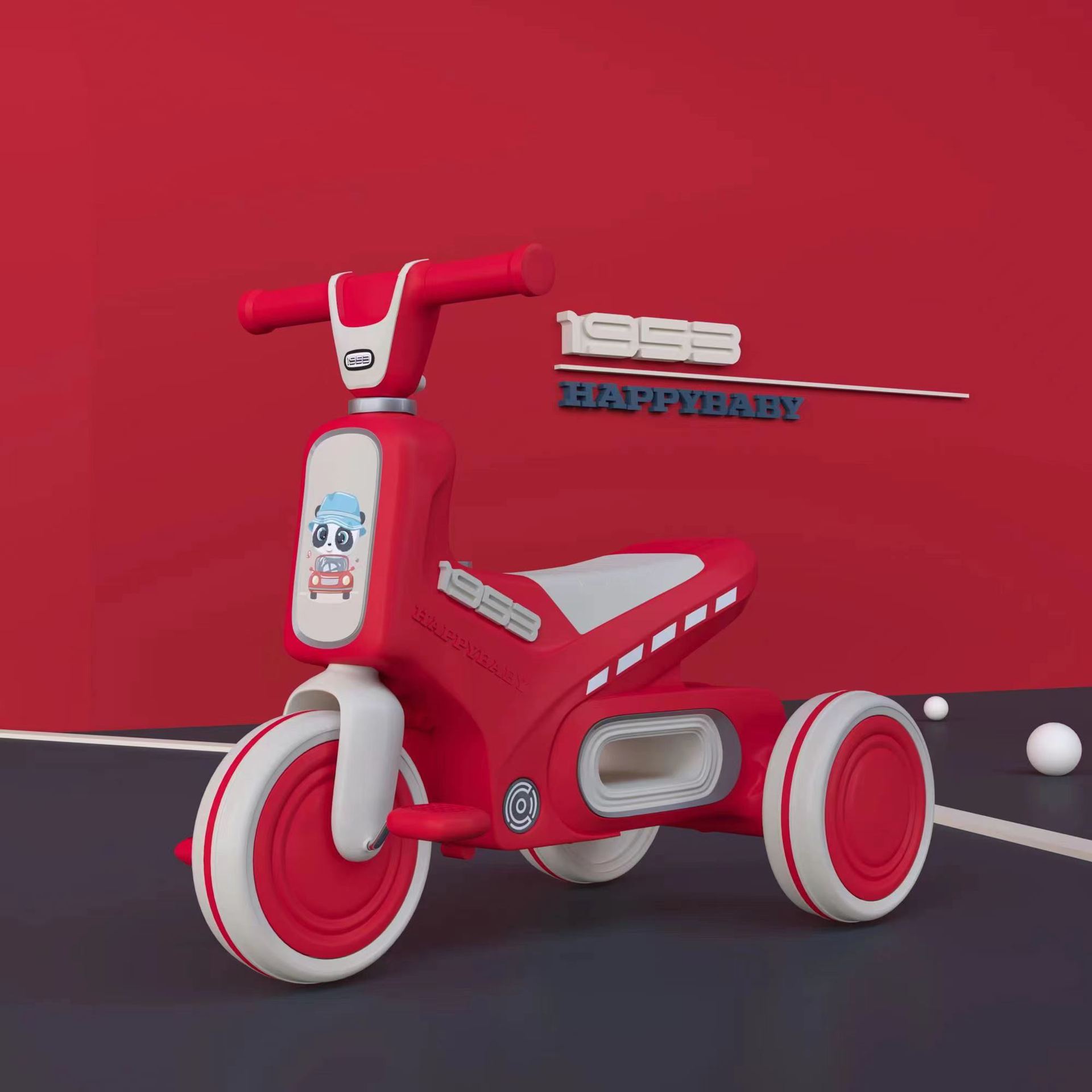Best Balance Bikes for Older Kids to Enhance Coordination and Fun
The Benefits of Balance Bikes for Older Kids
Balance bikes, often viewed as a stepping stone for young toddlers, may not seem like an ideal choice for older children
. However, these pedal-free bikes provide a myriad of benefits that can greatly assist older kids in developing essential cycling skills while promoting physical activity and confidence.Firstly, balance bikes serve as an excellent way to improve balance and coordination. As children ride these bikes, they focus on maintaining their stability, which naturally enhances their sense of equilibrium. For older kids who may still struggle with traditional bikes, using a balance bike can help them master balance in a safe and controlled environment. This foundational skill is critical, especially when transitioning to standard bicycles, as it alleviates fear and encourages independence.
Moreover, balance bikes promote physical fitness. In an age where children are increasingly engaged in screen time, encouraging outdoor activity is more important than ever. Riding a balance bike not only offers a fun way to exercise but also helps develop leg strength and cardiovascular health. Older kids are likely to enjoy the thrill of riding, leading them to spend more time outdoors, which is essential for their overall well-being.
balance bike for older kids

Another significant advantage of balance bikes is their ability to boost confidence. Many kids, especially those who may be apprehensive about biking, can feel overwhelmed when faced with learning to ride a traditional bike. A balance bike allows them to start at their own pace without the fear of falling or the challenge of pedaling. This manageable experience helps build self-assurance and encourages them to take on new challenges, both on and off the bike.
Additionally, balance bikes foster social skills. Riding a balance bike can encourage kids to play together, leading to friendships forged through shared activities. From racing down the sidewalk to embarking on family bike rides, balance bikes can create fun, memorable experiences for kids and their peers, enhancing their social interactions and teamwork skills.
Finally, balance bikes are often lighter and more manageable than traditional bicycles, making them easier for older children to handle. This aspect helps cultivate a sense of responsibility and ownership as they learn to care for their bike, such as pumping up tires or maintaining its condition.
In conclusion, balance bikes remain a valuable tool for older kids, providing benefits that go beyond simply learning to ride. They enhance balance and coordination, promote physical fitness, build confidence, encourage social skills, and are manageable for young riders. For parents seeking a way to get their children active and engaged, investing in a balance bike can be a fantastic decision that pays off through years of enjoyment and skill development.
-
kids-scooter-tiny-olympic-games-scooterathlonNewsAug.22,2025
-
kids-scooter-waves-xingtai-zhongzhous-global-rippleNewsAug.22,2025
-
baby-tricycle-oem-legacy-zhongzhou-forgedNewsAug.22,2025
-
xingtais-twin-tricycle-revolution-siblings-ride-togetherNewsAug.22,2025
-
baby-tricycle-design-inspired-by-ancient-armorNewsAug.22,2025
-
nfc-chip-enabled-oem-baby-tricycle-trackingNewsAug.22,2025
-
The Perfect Baby TricycleNewsAug.11,2025








